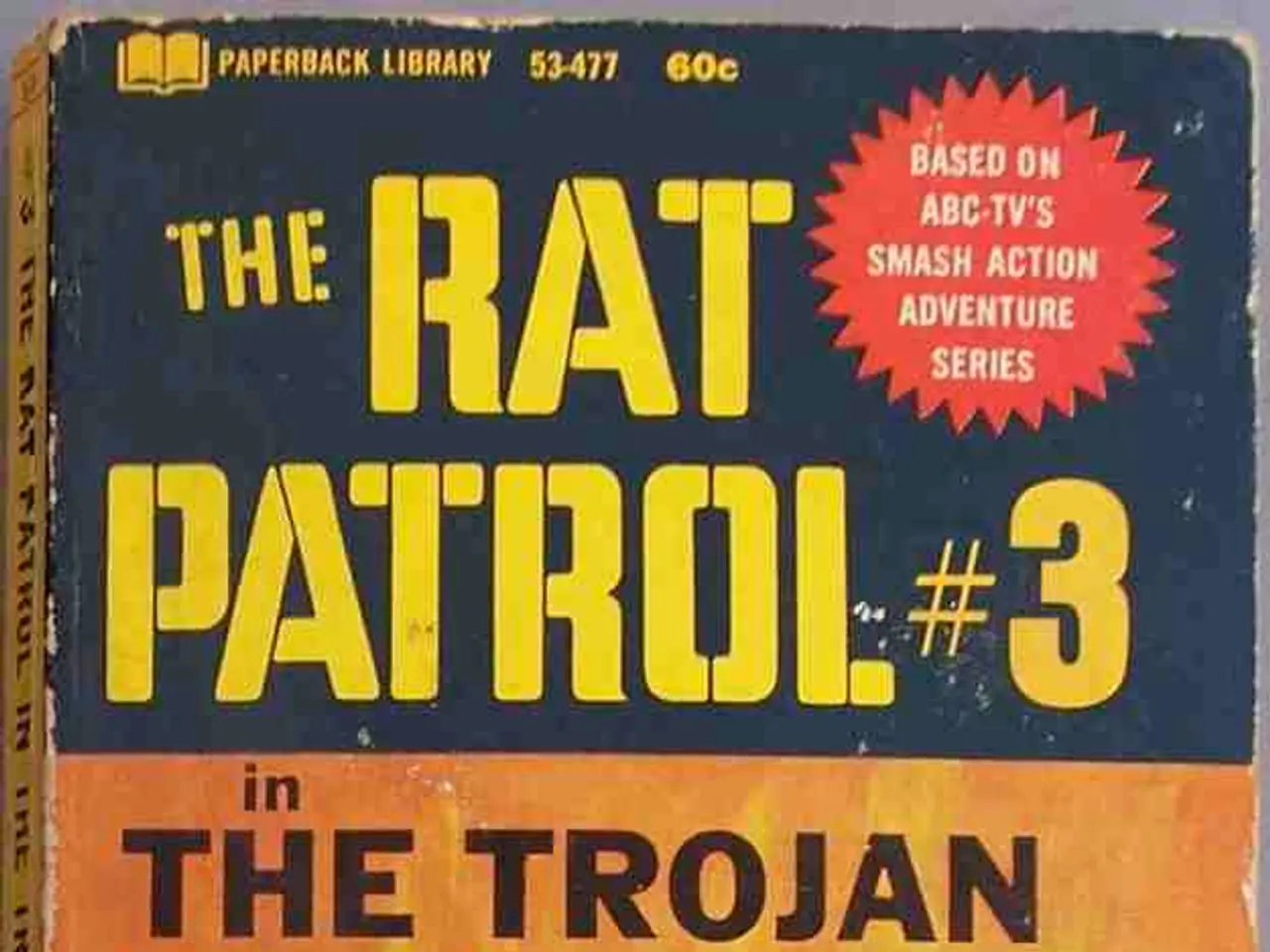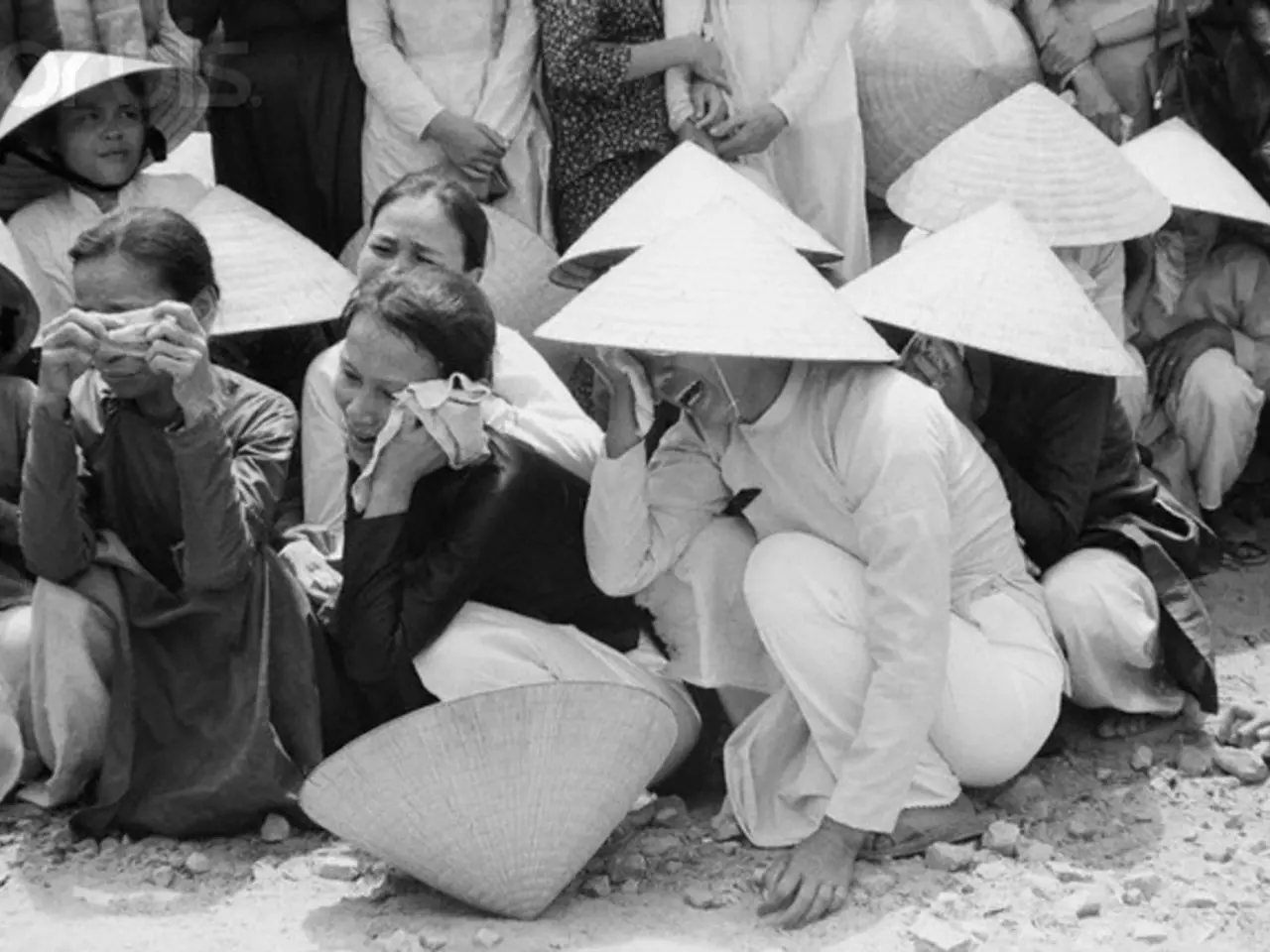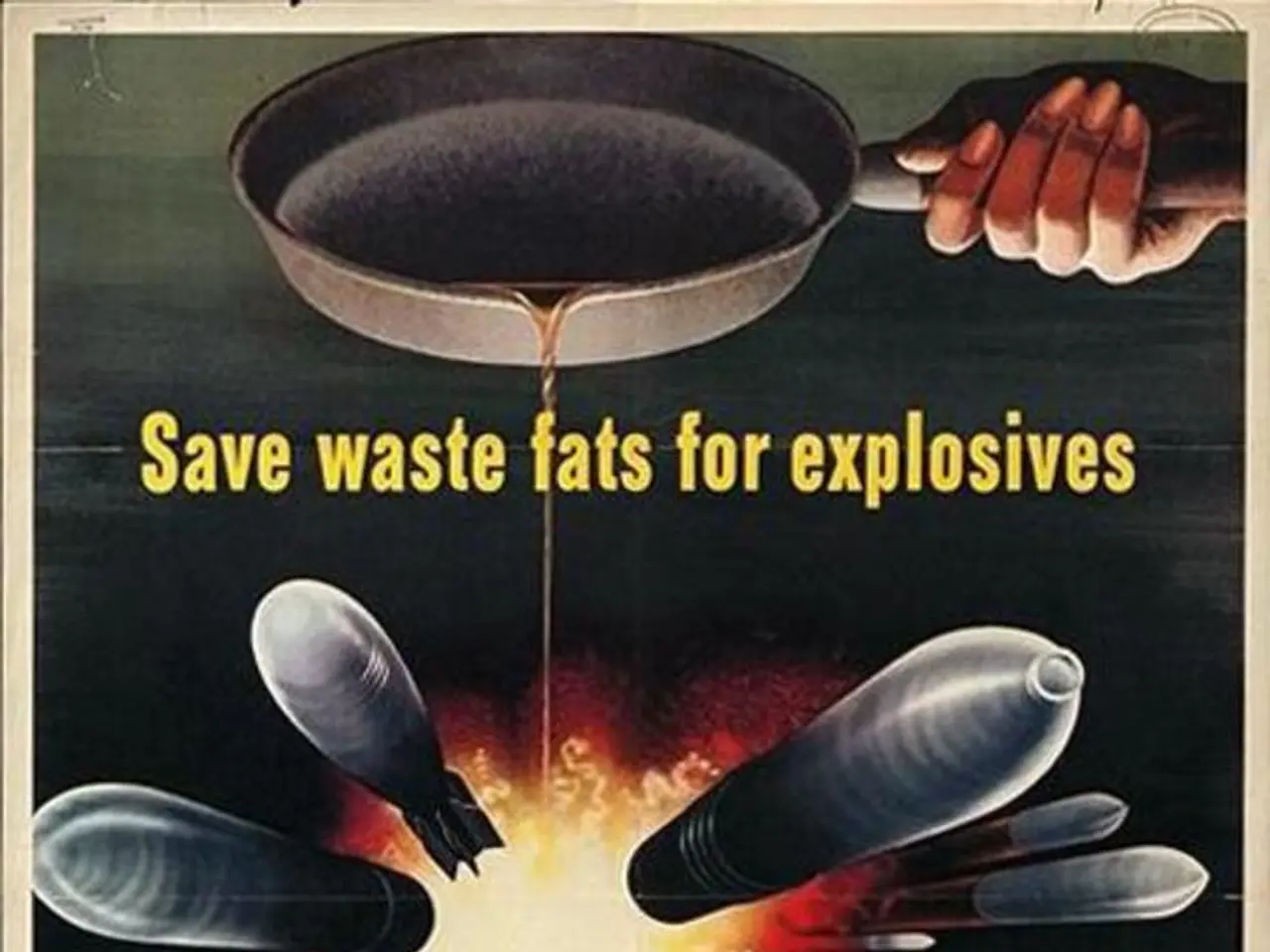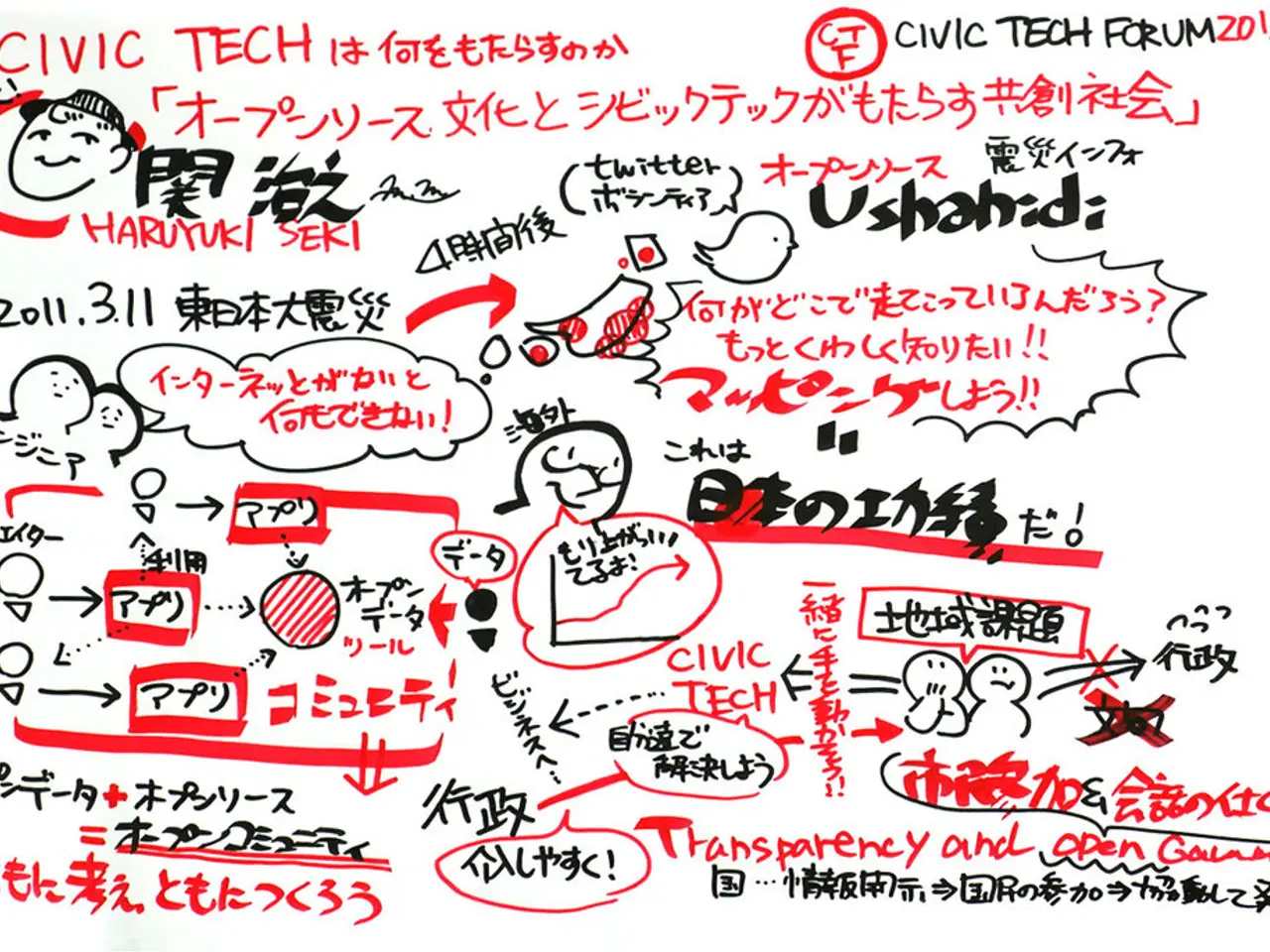The Nine Pivotal Inquiries Regarding the Cold War Period
The Cold War, a political, ideological, and economic conflict that spanned from the years following World War II to 1991, primarily between the United States and the Soviet Union, was marked by several key events and turning points that significantly shaped global politics, military strategies, and international relations.
**1. Early Cold War and Arms Race (late 1940s - 1950s):** The division of Europe and the establishment of NATO (1949) and the Warsaw Pact (1955) formalized the ideological and military divide. The Korean War (1950-1953), a proxy conflict between communist North Korea (backed by China and the USSR) and South Korea (backed by the US and UN), demonstrated the Cold War's global reach.
**2. Cuban Missile Crisis (1962):** This was perhaps the most critical moment of Cold War tension when the Soviet Union placed nuclear missiles in Cuba, just 90 miles from the US coast. The crisis brought the world to the brink of nuclear war before a diplomatic resolution was reached: the Soviets withdrew their missiles in exchange for the US secretly removing missiles from Turkey.
**3. Space Race (1957-1969):** The competition for space dominance, starting with the Soviet launch of Sputnik in 1957 and culminating in the US moon landing in 1969, was a key dimension of the Cold War rivalry, reflecting technological and ideological competition.
**4. Vietnam War (1960s-1975):** Another major proxy war where the US attempted to prevent the spread of communism in Southeast Asia, deeply impacting US domestic and foreign policy, and exemplifying the Cold War's indirect confrontations.
**5. Détente and Arms Control (1970s):** Periods of eased tensions saw agreements like SALT I and II (Strategic Arms Limitation Talks) aimed at controlling nuclear arms, though mistrust persisted.
**6. The Reagan Era and Renewed Tensions (1980s):** US President Ronald Reagan adopted a hardline stance against the Soviet Union, exemplified by his 1987 "Tear down this wall" speech addressing the Berlin Wall. This increased pressure on the USSR amidst mounting internal issues within the Soviet bloc.
**7. Gorbachev’s Reforms and the Fall of Communism (mid to late 1980s):** Soviet leader Mikhail Gorbachev introduced glasnost (openness) and perestroika (restructuring), reforms that loosened the Soviet grip on society and economy, sparking a wave of democratic movements in Eastern Europe. The Berlin Wall fell in 1989, symbolizing the collapse of communist control in the region.
**8. Dissolution of the Soviet Union (1991):** The final turning point marking the Cold War’s end was the formal dissolution of the USSR, ending the bipolar global order that had defined the era.
These events illustrate the Cold War’s progression from intense military standoffs and proxy wars to a peaceful end achieved through political reforms and diplomatic negotiations.
**Summary table of key Cold War turning points:**
| Period/Year | Event | Significance | |------------------|--------------------------------------------|----------------------------------| | 1950-1953 | Korean War | First major proxy war | | 1962 | Cuban Missile Crisis | Closest to nuclear war | | 1957-1969 | Space Race | Technological and ideological rivalry | | 1960s-1975 | Vietnam War | Proxy war and US foreign policy crisis | | 1987 | Reagan’s "Tear down this wall" speech | Symbolic challenge to USSR | | 1985-1991 | Gorbachev’s glasnost and perestroika | Soviet reform leading to collapse| | 1989 | Fall of Berlin Wall | Beginning of Eastern Europe’s liberation | | 1991 | Dissolution of Soviet Union | Formal end of Cold War |
These events collectively define the Cold War’s arc from confrontation to resolution.
In the midst of the Cold War's globe-spanning influence, political debates and decisions played crucial roles. For instance, the passage of NATO (1949) and the Warsaw Pact (1955) were politically charged responses to the ideological and military rift, while the Cuban Missile Crisis (1962) tested the diplomatic skills of world leaders to avoid a nuclear catastrophe. Additionally, theSpace Race (1957-1969) served as a platform for ongoing political and technological competition between superpowers.







